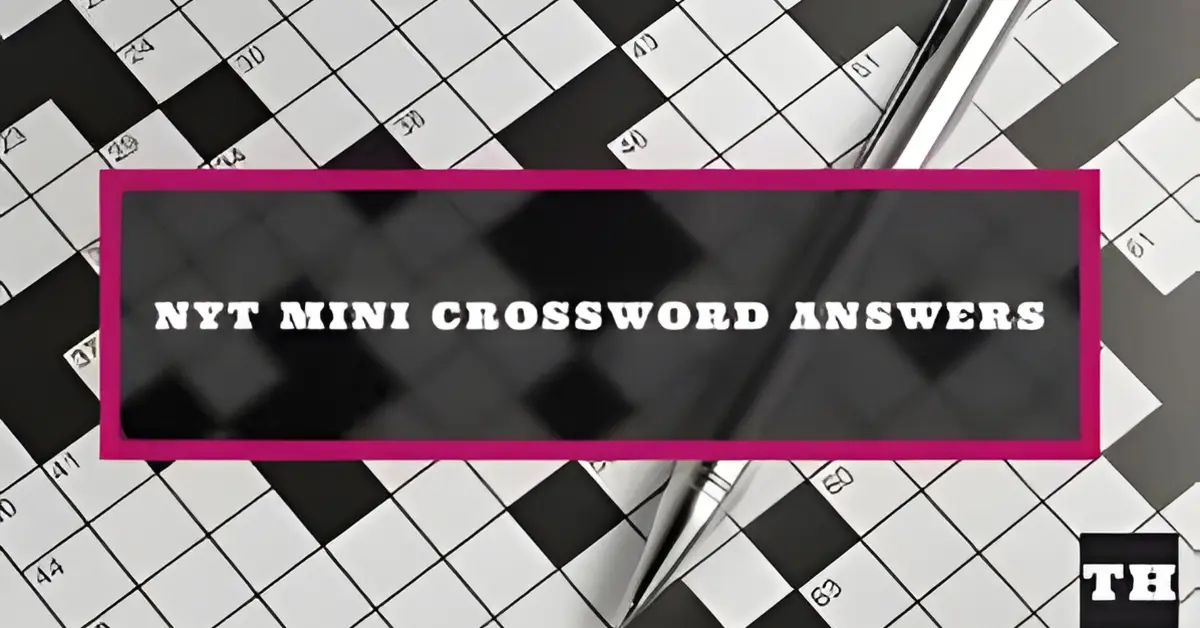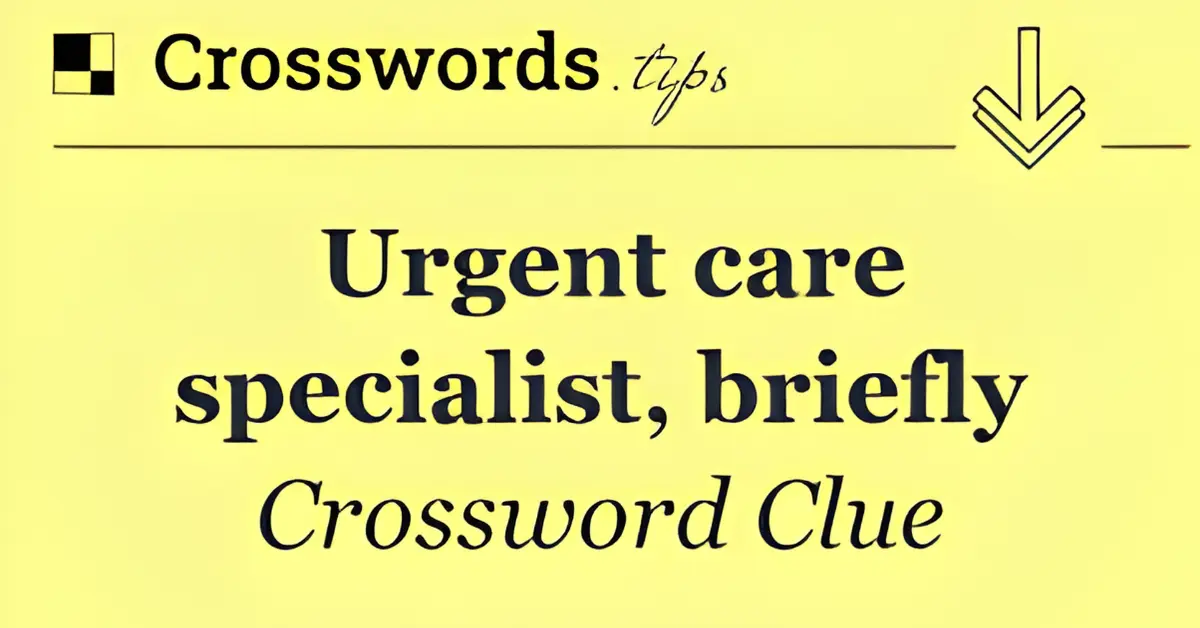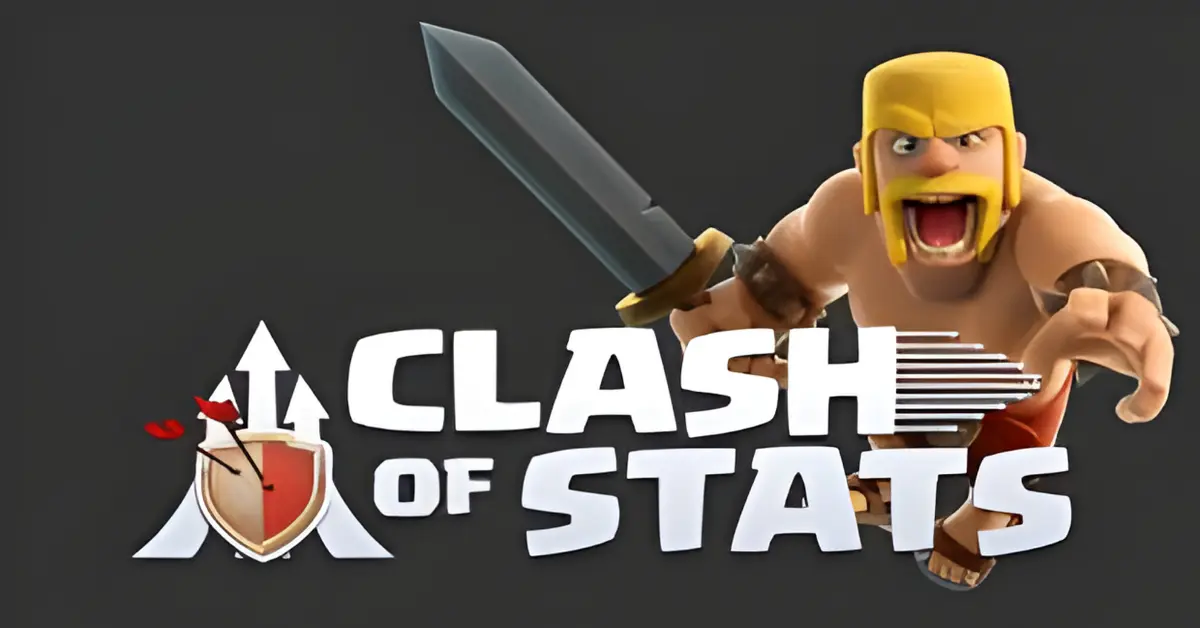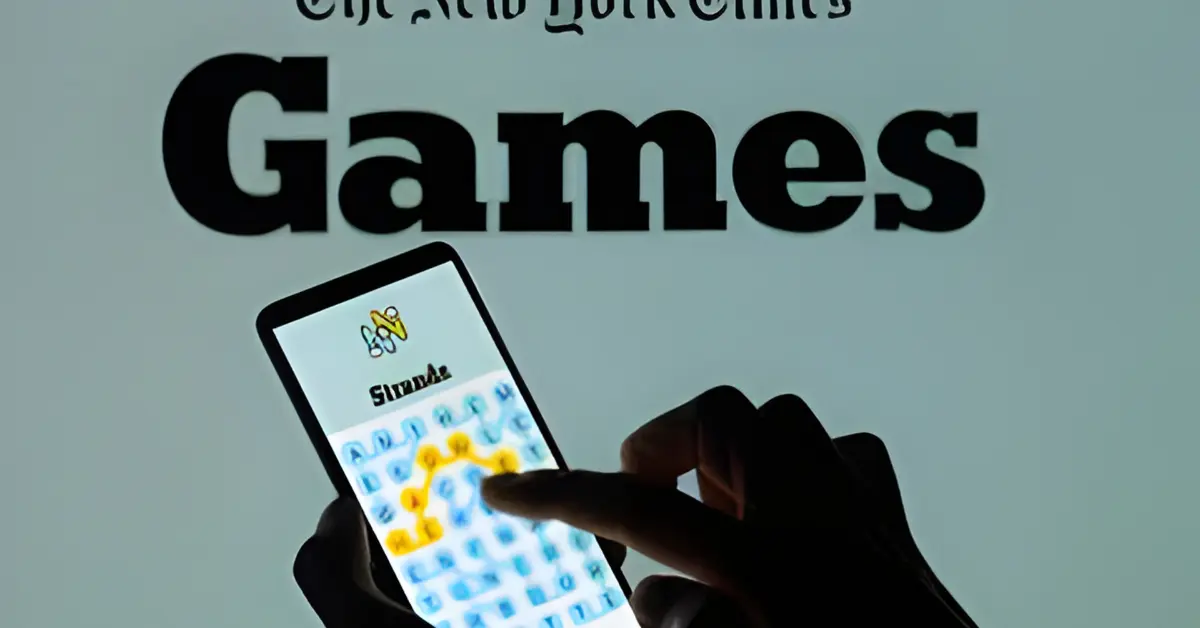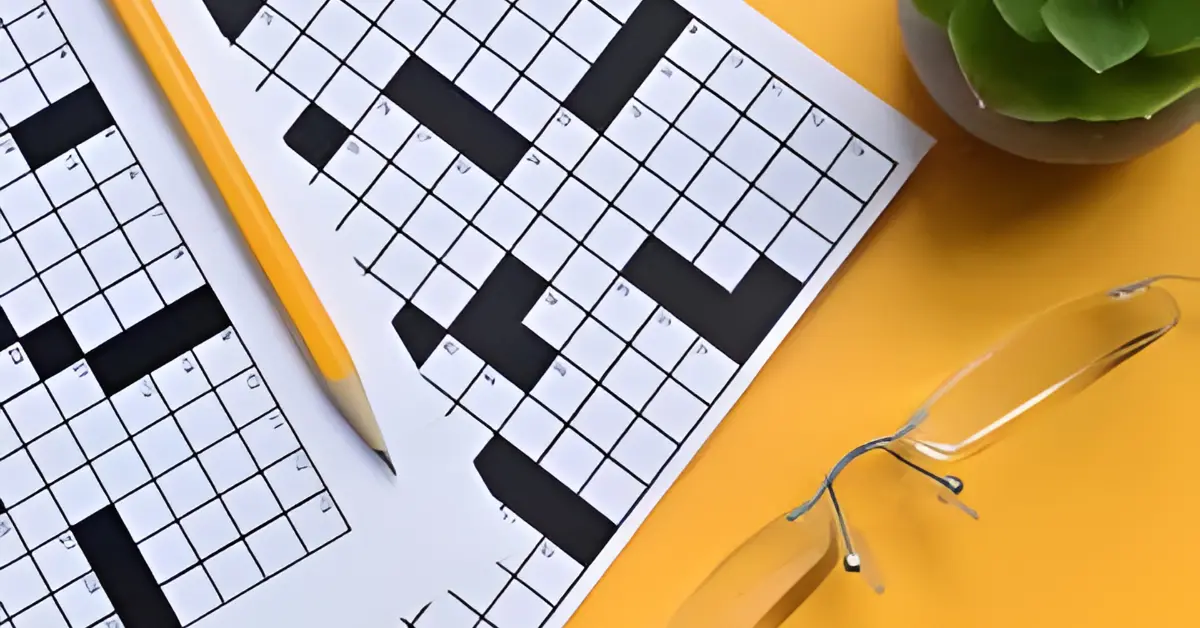Crossword puzzles are an enriching and fun way to sharpen your problem-solving skills, expand your vocabulary, and enhance your mental agility. However, for both novice and experienced solvers, some clues in the New York Times (NYT) crossword can present a challenge. One such clue that has left solvers scratching their heads recently was:
“Like a drive in the woods?”
This seemingly simple clue is a perfect example of how NYT puzzles use misdirection and wordplay to keep solvers engaged and thinking creatively. In this article, we’ll not only break down why ERRANT is the correct answer, but we’ll also dive deeper into the techniques that crossword creators use, and how you can apply these strategies to solve even the most challenging clues.
Table of Contents
ToggleKey Takeaways:
- The Clue: “Like a drive in the woods?” is a misleading crossword clue from the NYT, which initially appears to describe a peaceful drive through nature but actually refers to a golf shot that goes astray and lands in the trees, known as an ERRANT drive.
- The Answer: The correct answer is ERRANT, meaning off course or straying—a word commonly used in golf to describe a wayward shot.
- Misdirection in NYT Crosswords: NYT crosswords often use misleading imagery, double meanings, and puns to challenge solvers. Clues like “Like a drive in the woods?” require solvers to think figuratively rather than literally.
- Wordplay Indicators: A question mark at the end of a clue is a strong indicator that the clue involves wordplay or a pun. This means the answer isn’t straightforward and requires a more creative or lateral approach.
- Strategies for Solving:
-
- Look for clue indicators like the question mark.
- Consider double meanings for key words.
- Use synonyms and crossing clues to validate your answers.
- Practice solving crosswords regularly to recognize common patterns and improve your skills.
- Crossword-Solving Benefits: Regularly solving crosswords not only sharpens your vocabulary and mental agility but also enhances your problem-solving skills, making it a great brain exercise.
The Official Answer: ERRANT
If you’ve been working on this puzzle, you’ve likely spent some time thinking about this clue. At first glance, “Like a drive in the woods?” might seem to refer to something calm and natural—like taking a peaceful drive through the forest. However, the answer to this clue is ERRANT, a six-letter word that refers to something off course or wandering, just like a golf shot that veers away from its intended path.
Let’s break this down:
- Drive: In golf, a drive is a long-distance shot from the tee. A successful drive will typically land on the fairway, but sometimes it goes astray.
- In the woods: When a golf ball lands in the trees—also known as “the woods”—it means the shot didn’t go as planned. It’s considered off target.
- Errant: The word “errant” means straying, wandering, or going off course. This perfectly describes a golf ball that has landed in the woods due to a misdirected drive.
In short, this clue is a classic example of how crossword constructors use misleading imagery to guide you toward a deeper, more abstract meaning. It’s a fun challenge, and understanding the reasoning behind the clue will help you crack other tricky ones.
Why Misdirection is Key in NYT Crosswords
One of the most exciting aspects of solving NYT crosswords is the element of misdirection. The puzzle constructors frequently use familiar phrases or imagery to lead you in one direction, only to surprise you with a completely different answer. It’s this element of surprise that makes the puzzles so engaging and intellectually stimulating.
The Role of Misdirection in Clue Design
The clue “Like a drive in the woods?” is a prime example of how misdirection works in crosswords. You might initially think it’s referring to a peaceful drive through nature, but the answer is actually about golf—a sport where a “drive” can often go astray.
Here’s how misdirection plays a key role in crossword puzzles:
- Deceptive imagery: Crosswords often present images or descriptions that trick you into thinking in one direction. In this case, “woods” makes you think about nature, but it’s actually a reference to the trees on a golf course.
- Dual meanings: Words in crossword clues often have multiple meanings. The word “drive”, for example, can refer to a car journey or a golf shot. The ambiguity is intentional.
- Question mark clues: The question mark at the end of the clue signals that it’s not to be taken literally. It’s a hint to look for a pun, wordplay, or double meaning.
Understanding how misdirection works will help you approach more challenging clues with confidence.
Mastering Wordplay: How to Tackle Tricky Clues
Wordplay is at the heart of many crossword clues, particularly in the NYT puzzles. Learning how to spot and solve wordplay clues will drastically improve your solving ability. Let’s walk through some essential tips and strategies to help you crack wordplay clues like “Like a drive in the woods?”.
1. Look for Clue Indicators (Question Marks)
When solving crossword puzzles, always pay attention to special symbols, especially the question mark. This punctuation mark is a sign that the clue involves wordplay or a pun.
For example, “Like a drive in the woods?” ends with a question mark, which suggests the answer will be a figurative interpretation of the phrase, rather than a literal description. This clue might seem like it’s describing a peaceful journey through a forest, but it’s actually referring to a misdirected golf shot.
So, whenever you encounter a clue with a question mark, consider the possibility that the clue involves a clever twist.
2. Think About Double Meanings
Another key to solving wordplay clues is to identify double meanings. Many crossword clues use a single word with multiple interpretations. For example, in this case:
- Drive can refer to a car journey or a golf shot.
- In the woods might seem to refer to nature, but in the context of golf, it means the trees on a course.
By recognizing these different meanings, you can make more informed guesses and narrow down your options.
3. Use Synonyms to Your Advantage
In many cases, crossword answers are synonyms of the words used in the clue. For example, ERRANT is a synonym for “wayward,” “deviating,” or “misdirected.”
When solving wordplay clues, it helps to brainstorm synonyms for the main words in the clue and see which ones fit. Often, the answer is simply a different word for the idea the clue is conveying.
4. Work With the Crossings
Don’t be afraid to use crossing clues to help you fill in the blanks. Sometimes, solving one clue can provide you with the necessary letters to solve the next one. In fact, filling in answers across and down can help solidify your guesses and confirm whether you’re on the right track.
Building Your Crossword Solving Skill Set
If you’re serious about becoming a better crossword solver, it’s important to hone a set of core skills. These skills will help you tackle even the most complex clues, like the one we just explored. Let’s dive into some practical strategies for improving your crossword-solving abilities:
1. Solve Crosswords Regularly
The more crosswords you solve, the better you’ll become. Crossword solving is a skill that improves with practice, so don’t be discouraged if you can’t finish a puzzle right away. Try to solve a puzzle daily to build up your crossword-solving muscles. Over time, you’ll begin to recognize common clues, patterns, and themes, making it easier to solve future puzzles.
2. Broaden Your Vocabulary
Crossword clues often include uncommon words or tricky phrases that require a deep vocabulary. While solving, make a note of unfamiliar words and their meanings. Regularly reviewing new words will help you expand your vocabulary, making it easier to recognize potential answers in future puzzles.
3. Learn to Recognize Common Patterns
Many crossword clues follow predictable patterns. For example, certain types of clues—especially those involving mistakes or deviations—tend to use words like ERRANT, AWRY, or AMISS. Recognizing these patterns can help you solve similar clues more quickly. Over time, you’ll build a mental list of common solutions that often appear in crosswords.
4. Practice with Themed Puzzles
Themed puzzles offer a unique opportunity to practice your crossword-solving skills. These puzzles often have a consistent theme running through them, which helps you get accustomed to certain clue types. Whether the theme is related to movies, literature, or sports, themed puzzles can provide you with an excellent framework for improving your skills.
5. Use Online Crossword Solvers (When Stuck)
While it’s important to solve puzzles on your own, online crossword solvers can be a helpful resource when you’re really stuck. Use these tools to double-check your answers or get help with particularly tricky clues. Just remember that the goal is to learn, so try to solve as many clues as possible on your own first.
Avoiding Common Mistakes in Crossword Solving
Even seasoned solvers sometimes make mistakes. Here are some common pitfalls and how to avoid them:
1. Overthinking the Clue
Crossword clues often seem more complicated than they actually are. It’s easy to get bogged down by the complexity of a clue, but sometimes the simplest answer is the right one. If you’re stuck, take a step back and think about the most straightforward interpretation.
2. Not Using Crossing Clues
Crossing clues are your best friend. If you’re stuck, fill in answers from the crossing clues. They will provide you with the letters you need to confirm or revise your guesses.
3. Ignoring Wordplay
When you see a question mark, don’t just assume the clue is literal. Be sure to consider double meanings and wordplay. Crossword constructors love playing with words, so looking for hidden meanings will often lead you to the right answer.
Why NYT Crosswords Are More Than Just Puzzles
NYT crosswords are an intellectual challenge, but they are also a great way to engage with language in a meaningful way. The puzzles test more than just your vocabulary—they also challenge your ability to think critically, spot patterns, and make connections.
The Cognitive Benefits of Solving Crosswords
Regularly solving crosswords offers numerous cognitive benefits, such as:
- Enhanced vocabulary: By encountering new words and phrases, you’ll continually expand your language skills.
- Improved memory: Crosswords require you to recall past answers and remember patterns, which strengthens memory retention.
- Increased mental agility: Crosswords engage the brain by forcing you to think in different ways, improving problem-solving and decision-making skills.
These cognitive benefits make crosswords a valuable exercise for anyone looking to boost their mental faculties.
Final Thoughts: Cracking “Like a Drive in the Woods?”
The clue “Like a drive in the woods?” is a prime example of what makes NYT crosswords so engaging. By using misleading imagery and wordplay, crossword constructors challenge solvers to think creatively and solve clues that go beyond the obvious. By understanding how to approach clues like these, you’ll become a more confident solver and develop a deeper appreciation for the intricate design of NYT puzzles.
Remember, the key to mastering crosswords is to think beyond the literal, embrace wordplay, and trust your intuition. With these strategies in hand, you’ll be ready to tackle even the most challenging clues and continue enjoying the world of crosswords.
Frequently Asked Questions (FAQ)
1. What does “Like a drive in the woods?” mean in a crossword clue?
Answer: The clue “Like a drive in the woods?” refers to a golf shot that goes astray, meaning it is an errant drive. In golf, a drive is a powerful shot, and when it lands in the woods (trees), it’s considered off course. The word “errant” means wandering or straying, which fits the description of a golf shot that misses its target.
2. Why does the NYT crossword use misleading clues?
Answer: Misleading clues, or misdirection, are used in NYT crosswords to challenge solvers. These clues make the puzzle more engaging by encouraging solvers to think critically and creatively. Misdirection keeps the puzzle intellectually stimulating and prevents it from being too easy or predictable. It often requires solvers to think beyond the literal meaning of words and explore alternative interpretations.
3. What is the significance of the question mark in crossword clues?
Answer: A question mark at the end of a crossword clue signals that the clue is wordplay or figurative, not meant to be taken literally. The question mark is an indicator that the answer might involve a pun, double meaning, or other forms of wordplay. It’s a clue that suggests thinking outside the box, making the puzzle more interesting and challenging.
4. How can I improve my crossword-solving skills?
Answer: To improve your crossword-solving skills:
- Solve regularly: Practice solving puzzles daily to become familiar with common clue patterns.
- Use crossing clues: Use intersecting answers to confirm or revise your guesses.
- Look for clue indicators: Be mindful of question marks and other symbols that signal wordplay.
- Expand your vocabulary: Learning new words and their meanings helps solve tricky clues.
- Understand common crossword patterns: Recognize recurring themes and clue structures to speed up solving.
5. What are some common words used in crossword puzzles?
Answer: There are many words that frequently appear in crossword puzzles, especially in clues about mistakes or deviations. Some examples include:
- ERRANT
- AWRY
- AMISS
- ASTRAY
- OFFBASE
Familiarizing yourself with these words can help you solve clues more efficiently.
6. How do I approach a tricky crossword clue with multiple possible answers?
Answer: If you’re faced with a clue that has multiple possible answers:
- Use crossing clues to help narrow down the options.
- Look for synonyms or related words that fit the clue’s definition.
- Consider the length of the word and whether it fits the grid.
- If necessary, make an educated guess and verify it with other clues.
7. Is there a specific strategy for solving NYT crossword puzzles?
Answer: Yes! Here’s a basic strategy for solving NYT puzzles:
- Start with the easy clues: Fill in the answers that are obvious first. This will give you a foothold.
- Work in sections: Focus on solving small sections of the puzzle at a time, using crossing words to help.
- Look for patterns and themes: NYT puzzles often have themes or repeated word patterns. Once you spot them, use that to your advantage.
- Don’t be afraid to guess: If you’re stuck, fill in a word that fits, and use the crossing clues to check if it’s correct.
8. How can crossword puzzles improve my mental abilities?
Answer: Solving crossword puzzles regularly can:
- Boost cognitive function: They require critical thinking and problem-solving, improving your mental agility.
- Enhance memory: Crosswords often require recalling words or facts, which strengthens memory retention.
- Expand vocabulary: Puzzles expose you to new words and phrases, helping you improve your language skills.
- Increase focus and concentration: Puzzles demand sustained attention, which improves focus over time.
9. What should I do if I can’t finish a crossword puzzle?
Answer: If you’re stuck:
- Take a break: Sometimes stepping away for a while can help you see the clues from a fresh perspective.
- Use the crossing clues to confirm your guesses or suggest alternative answers.
- Look up answers only as a last resort: Use solving tools sparingly. It’s better to practice patience and solve the clues on your own.
10. Why are NYT crossword puzzles considered some of the best?
Answer: NYT crossword puzzles are widely regarded as some of the best because:
- Challenging and rewarding: They use a combination of wordplay, misdirection, and creative clues to engage solvers.
- Well-crafted: Each puzzle is meticulously constructed, with careful attention to detail and consistency.
- Regularly updated: The puzzles evolve with new themes and patterns, keeping them fresh and exciting for solvers of all levels.
